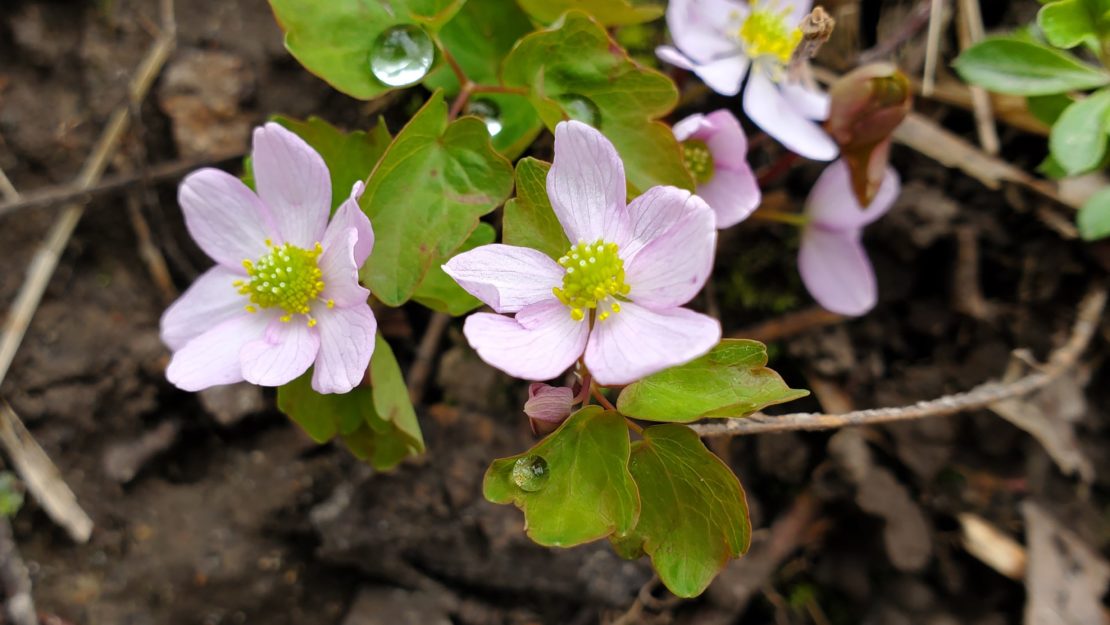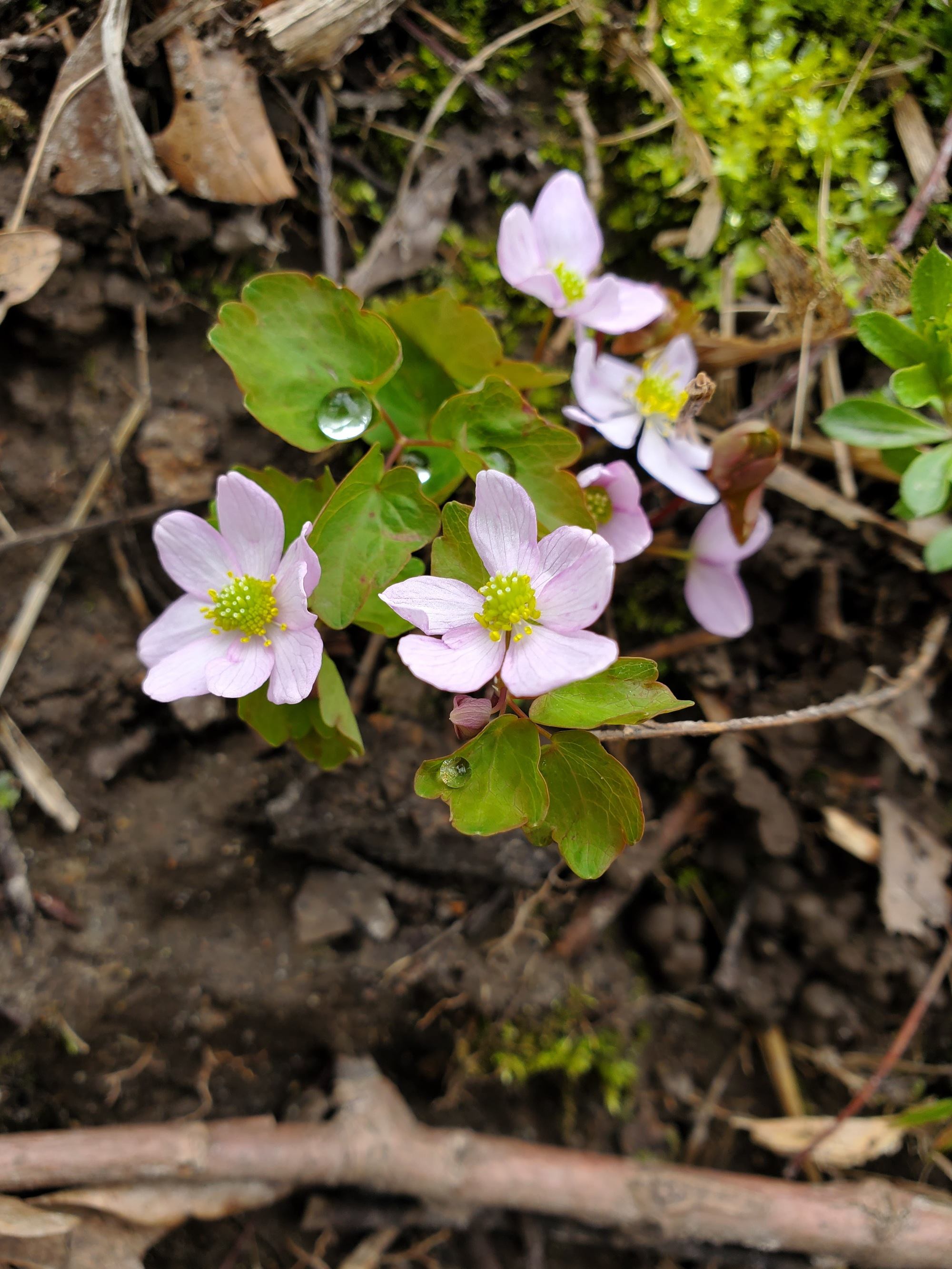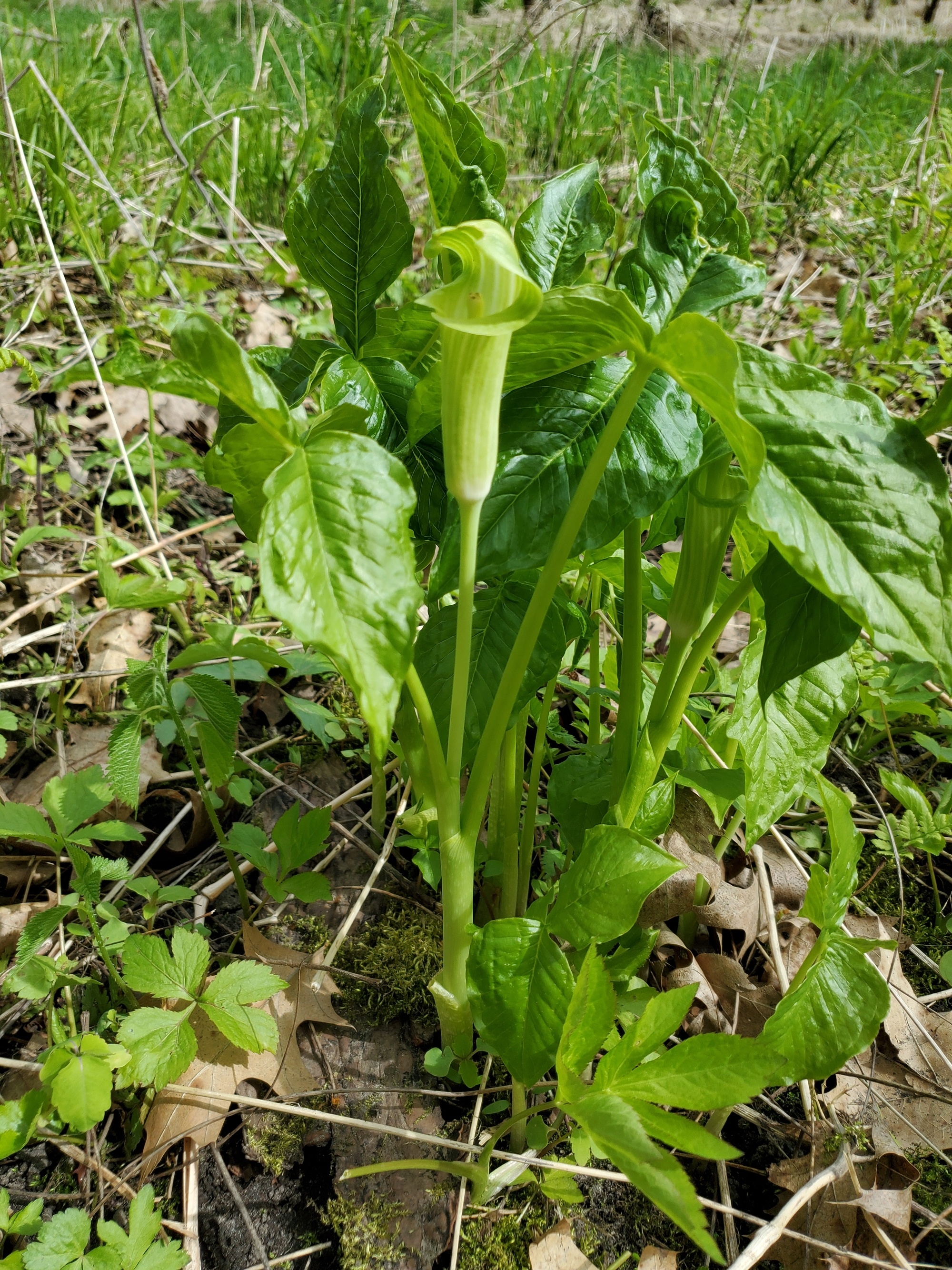I’m awaiting my favorite sign of the season

By Ashley Rezachek, Communications Outreach Specialist Individual Placement / AmeriCorps Member placed at MN DNR Scientific and Natural Areas Program.
It’s spring! The best time of the year!
Winter’s bitter cold is on its way out, the ground is turning green, and wildlife is becoming more active. With my winter coat, snow pants, and shovel now tucked away, I am so looking forward to a key sign of spring — flowering ephemerals.

Beyond their beauty and daintiness, these wild blossoms are unique in their short blooming period beginning in early spring. In a matter of two months, ephemerals emerge, bloom, are pollinated, and seed before the above-ground growth dies back and the plant enters dormancy. Their high photosynthetic rate allows them to complete this growth in such a short period of time.
Spring ephemerals can often be found in forested areas where trees and shrubs still bare of their leaves allow sunlight to hit the forest floor. However, wildflowers can be found in a variety of habitats.

A few of my personal favorites include:
- Dutchman’s Breeches – I love that it looks like pants hanging on a clothesline.
- Jack-in-the-Pulpit – This is one tubular flower!
- American Pasqueflower – What a strangely fuzzy plant!
- Hepatica – Petals range in color from purple to white, and even pink.
Luckily for me, my CCMI (Conservation Corps Minnesota & Iowa) position with the Minnesota Department of Natural Resources encourages me to get out and visit some of the state’s most natural locations — Scientific and Natural Areas (SNAs). SNAs preserve exceptional natural areas with native plant communities, rare species, and geological features.

Last spring I visited Hastings SNA as a volunteer during one of the SNA program’s outreach events. I ran into several types of wildflowers, including Canadian Wild Ginger, Wild Leek, Trillium, and Jack-in-the-Pulpit among others. I’ll be sure to head back there in the coming months.
I’ve heard that Zumbro Falls Woods SNA, Townsend Woods SNA, and Wood-Rill SNA are great places for spotting spring ephemerals. If you decide to visit, be sure to review each sites’ rules, come prepared, and respect nature.
One very special spring ephemeral to the SNA program is the dwarf trout lily (Erythronium propullans). This 3-inch tall plant is isolated to Rice, Goodhue, and Steele counties and can be found at Cannon River Trout Lily SNA and Clinton Falls Dwarf Trout Lily SNA. SNA designation protects this federally-endangered species.
As a Communications and Outreach Specialist, part of my responsibility is to visit these sites and take photos and videos for outreach purposes. I’m looking forward to exploring various SNAs this spring and I’ll be keeping an eye out for ephemerals.